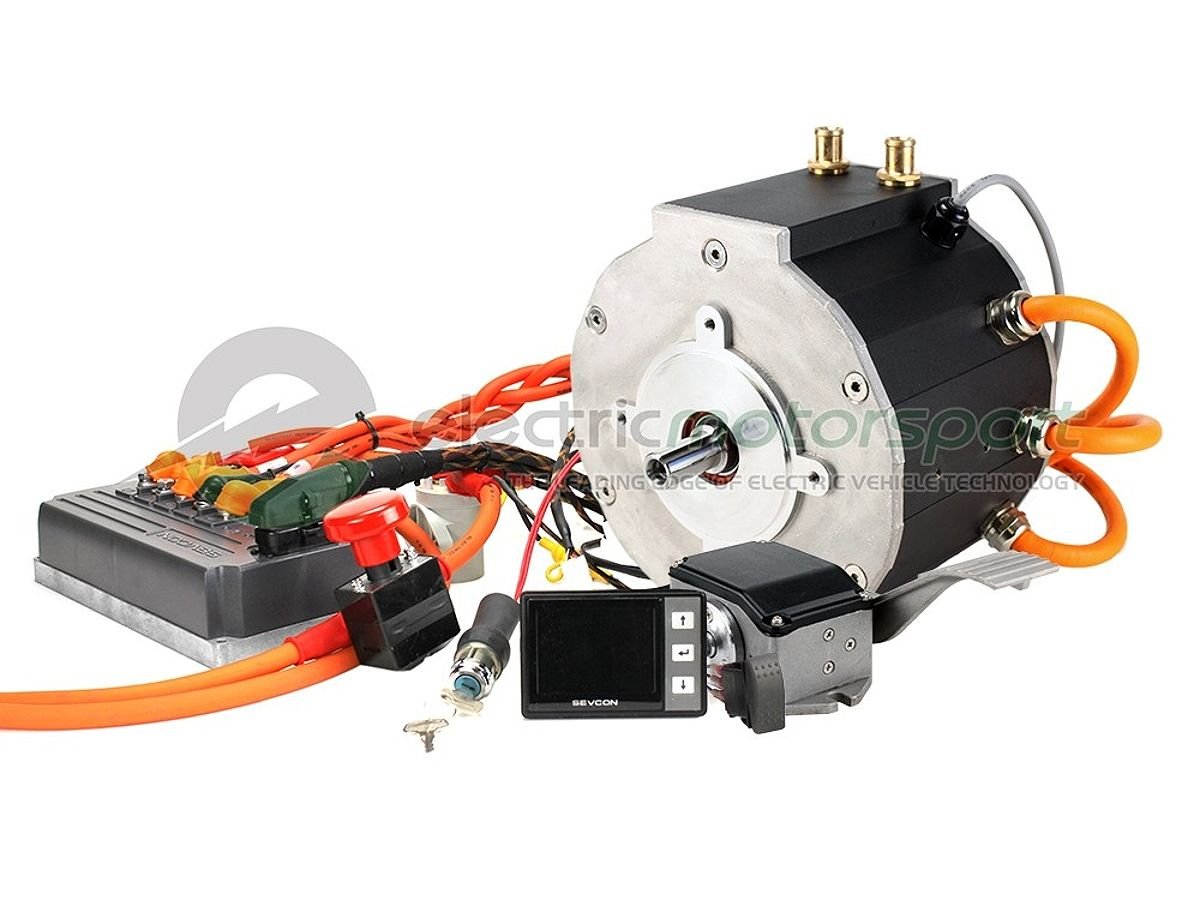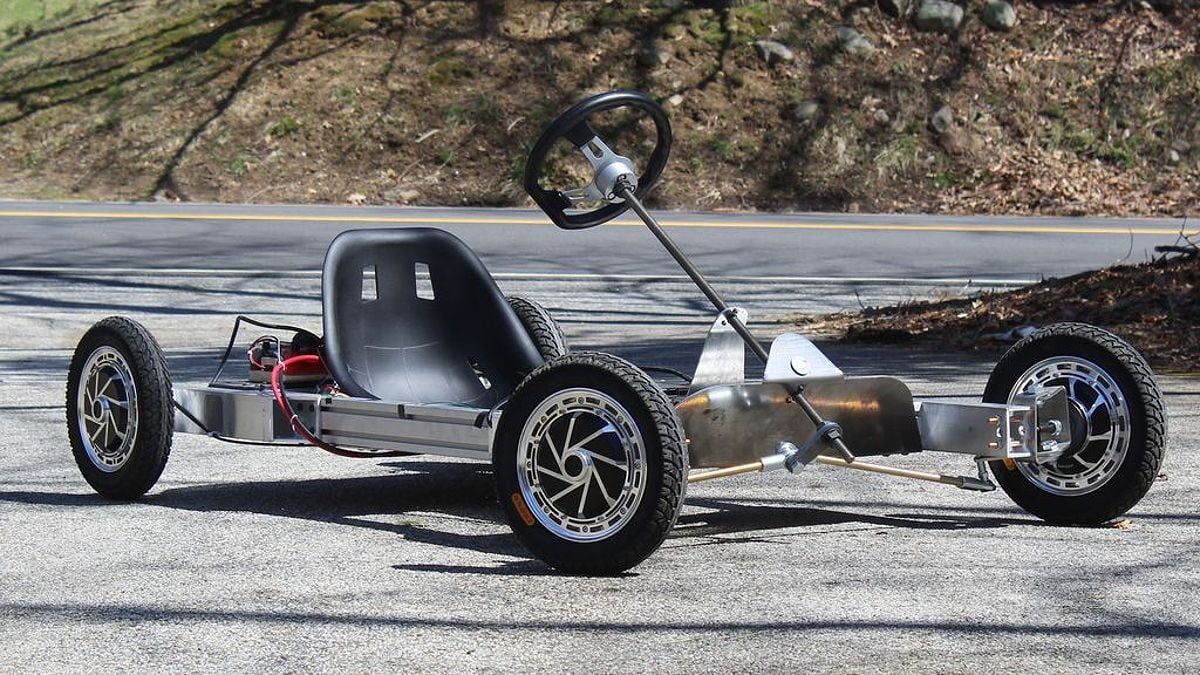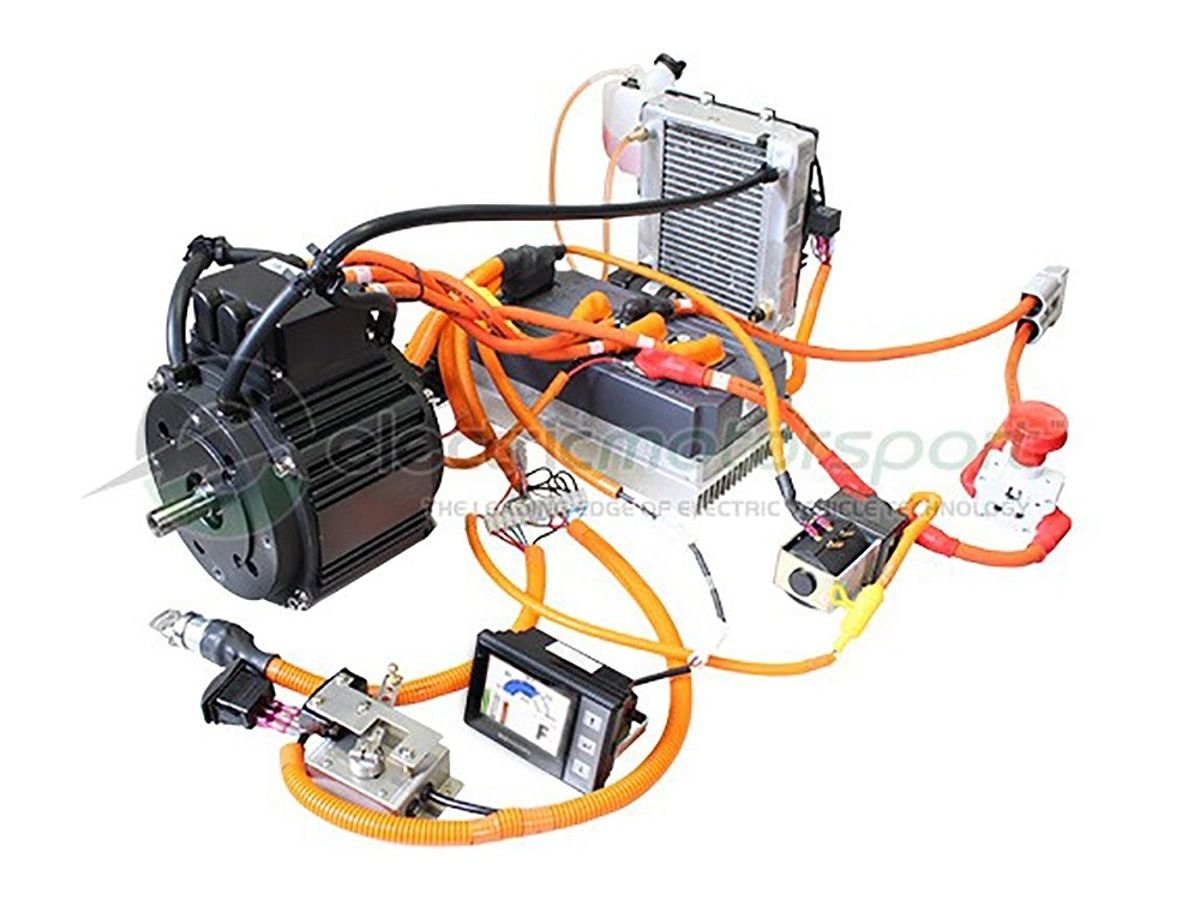Are you dreaming of building your own electric go-kart and tearing around the track with the wind in your hair? Well, you’re in luck! This comprehensive guide will help you navigate the world of electric go kart motors and choose the perfect powerhouse for your DIY project.
As the beating heart of your custom-built machine, the electric go kart motor plays a crucial role in determining the performance and experience of your ride. Whether you’re looking for blistering acceleration, top-notch speed, or impressive range, understanding the different types of motors and their key specifications will empower you to make an informed decision.
Understanding Electric Go Kart Motors: The Heart of Your Machine
Let’s dive into the intricacies of electric go kart motors, exploring the various configurations and their unique attributes.
Types of Electric Motors for Go-Karts
Brushed Motors: These traditional motors use carbon brushes to transfer electricity to the armature. While they are often more affordable and simpler to integrate, brushed motors may fall short in efficiency and longevity when compared to their brushless counterparts. However, they can still be a viable option for smaller, less demanding go-kart projects.
Brushless Motors: The modern marvel of electric motor technology, brushless motors ditch the brushes in favor of electronic commutation. This results in higher efficiency, reduced maintenance needs, and superior power output — making them a top choice for serious DIY builders seeking maximum performance.

Hub Motors: Integrating directly into the wheel, hub motors eliminate the need for a separate drivetrain. This compact design can provide impressive torque and simplify the overall layout of your go-kart. However, it may introduce challenges related to weight distribution and steering dynamics.
In-Wheel Motors: Similar to hub motors, in-wheel motors are located within the wheel, but they are typically larger and more powerful. This configuration can yield exceptional torque and performance, but it may require more complex installation processes.
Motor Specifications: Understanding the Numbers
When evaluating electric go kart motors, several key specifications will influence your choice and the overall performance of your go-kart:
-
Power Output (kW/hp): This figure represents the motor’s maximum power delivery, directly affecting acceleration, top speed, and hill-climbing capability.
-
Voltage (V): Ensure that your motor’s voltage rating aligns with your battery system to prevent operational issues and potential damage.
-
Current (A): The maximum current rating indicates how much power the motor can handle, which will dictate the necessary wiring and components for your setup.
-
Torque (Nm): Torque is the force that propels your go-kart forward, allowing it to overcome inertia. Higher torque values lead to better acceleration and hill-climbing performance.
-
RPM: The revolutions per minute (RPM) rating reveals the motor’s top speed, an essential factor for achieving your desired velocity.
-
Efficiency: Expressed as a percentage, motor efficiency indicates how effectively input energy is converted into mechanical power, which impacts your go-kart’s range and runtime.
Choosing the Right Electric Go Kart Motor for Your Project
Now that you understand the different types of electric go kart motors and their key specifications, it’s time to narrow down your options and select the perfect powerhouse for your project.
Defining Your Go-Kart’s Performance Goals
Start by clearly outlining your performance goals for your electric go-kart. Do you prioritize top speed, rapid acceleration, or extended range? By establishing these objectives, you can better inform your motor selection process and ensure your build aligns with your expectations.
Matching Motor Power to Go-Kart Weight and Terrain
It’s crucial to match your motor’s power output to the weight of your go-kart and the terrain you plan to traverse. Heavier go-karts or those designed for off-road use will require more robust motors to maintain performance. Carefully assess your go-kart’s weight and the conditions it will face to determine the appropriate power requirements.

Considering Battery Compatibility and Charging Requirements
Equally important is ensuring that your chosen motor is compatible with your battery system. Pay close attention to voltage, current, and charging needs to ensure optimal performance and longevity. The right battery capacity will complement your motor power, maximizing your go-kart’s efficiency and range.
DIY Electric Go Kart Motor Installation and Wiring
Once you’ve selected your electric motor for go kart applications, it’s time to tackle the installation process. Proper setup is key to ensuring safe and reliable operation.
Preparing the Go-Kart Chassis for Motor Installation
Start by modifying your go-kart chassis to accommodate the chosen motor. Consider mounting points, wiring pathways, and clearance issues. A secure motor mount is essential to minimize vibrations and prevent damage to the chassis during operation.

Connecting the Motor to the Battery and Controller
Follow a systematic approach to connect your motor to the battery and controller. Utilize high-quality wiring and connectors to ensure durability and safety. Selecting the correct fuse and ensuring proper grounding are critical steps to avoid electrical hazards and optimize performance.
Setting Up the Controller and Programming
The controller plays a vital role in regulating motor speed, torque, and regenerative braking. Familiarize yourself with its features and settings, adjusting parameters to achieve your desired performance and safety standards. Proper programming can significantly enhance your go-kart’s responsiveness and efficiency.
Troubleshooting Common Electric Go Kart Motor Issues
Even the most carefully planned projects can encounter issues. Familiarizing yourself with common electric go kart motor problems will help you address them effectively.
Common issues include overheating, lack of power, unusual noises, and wiring problems. If you experience any of these, consult expert resources or seek professional help when necessary. Always prioritize safety during troubleshooting to prevent further complications.
FAQ
Q1: What is the difference between a brushed and brushless electric motor?
A1: Brushed motors utilize physical carbon brushes for electricity transfer, while brushless motors employ electronic commutation, eliminating the need for brushes. Brushless motors generally offer greater efficiency, longer lifespan, and higher power output, though they typically come at a higher cost.
Q2: How do I choose the right voltage battery for my electric go-kart motor?
A2: Ensure that the battery voltage matches the motor’s voltage rating to guarantee proper operation and prevent damage. Consider the specifications of both components when selecting your battery system.
Q3: What safety precautions should I take when working with electric go-kart motors?
A3: Prioritize safety by wearing appropriate personal protective equipment, ensuring correct wiring and grounding, and familiarizing yourself with safety protocols before starting any installation or maintenance tasks.
Q4: Where can I find resources and parts for building an electric go-kart?
A4: Numerous online forums, tutorials, and specialized retailers cater to the DIY electric go-kart community. These resources can help you find the necessary components, tools, and guidance to bring your project to life.
Conclusion
Selecting the right electric go kart motor is a crucial step in crafting a high-performance, custom-built machine. By understanding the various motor types, their specifications, and the factors that influence your project’s performance, you’ll be well-equipped to build the electric go-kart of your dreams.
Remember to prioritize safety, seek expert advice when necessary, and most importantly, enjoy the process. Happy building, and may your electric go-kart project be a thrilling success!
